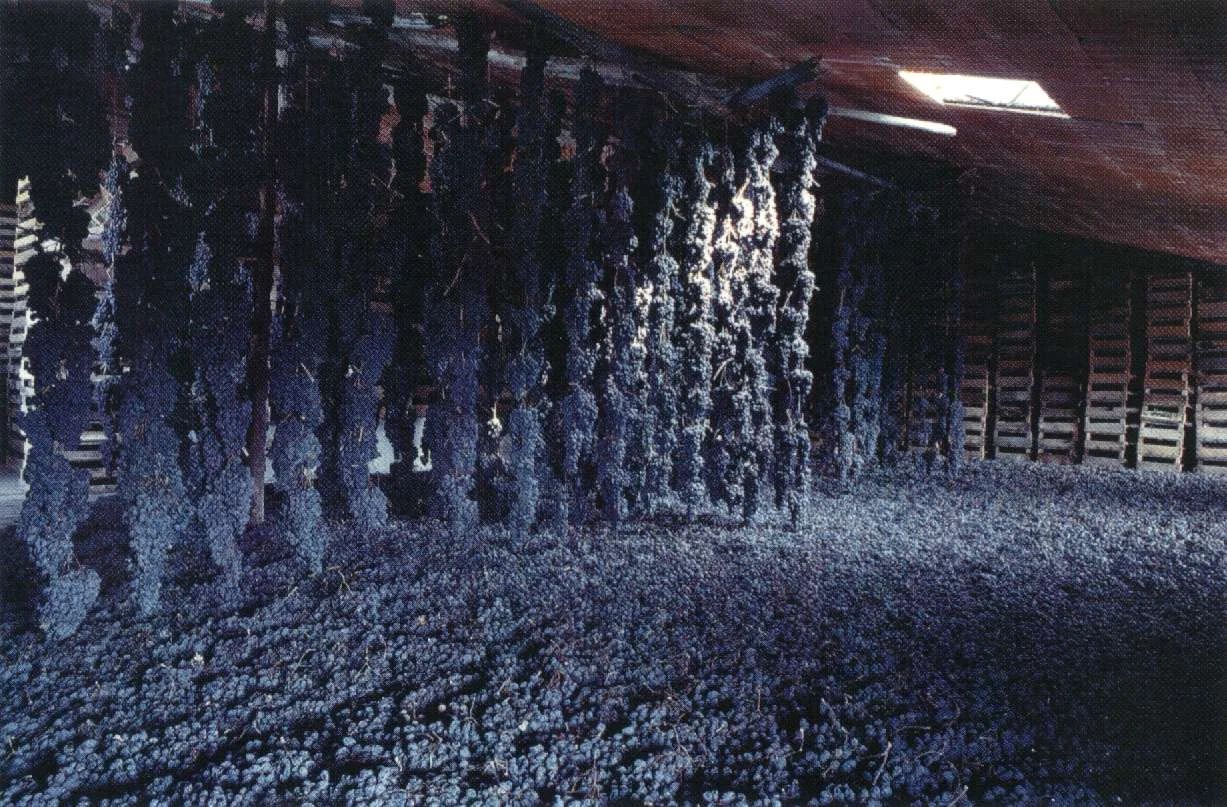Valpolicella - The Valley of Many Cellars
/We've finally made it to the wonderful wines of Italy and on this pod cast we focus on Valpolicella wines from the hillsides and valleys of the Verona countryside. The Valpolicella production zone is located in Veneto, one of Italy's twenty wine growing regions. The Veneto region is located in northeast Italy and shares its southern border with Emilia-Romagna and Lombardia. Its eastern borders are the Adriatic Sea and Friuli-Venezia Guilia. The wine regions to the west and north are Trentino and Alto Adige. Veneto also shares a portion of its northern border with Austria.
The Valpolicella zone lies south of the Monte Lessini range and just north of the city of Verona ( think Romeo and Juliet). Verona is in the same latitudinal zone as the Willamette Valley in Oregon and benefits from the moderating influences of Lago di Garda the largest lake in Italy and to a lesser extent the Mare Adriatico (Adriatic Sea).
Veneto is the third largest wine producing region in Italy, surpassed by Apulia and Sicily in the south. Other wines produced in the Veneto region that you may recognize are Bardolino, Prosecco and Soave.
Valpolicella comes in several styles and starting from light bodied to fuller bodied the types are Valpolicella, Valpolicella Superiore, Valpolicella Ripasso, Amarone della Valpolicella and Recioto della Valpolicella. In this cast we'll explore what each of these names means and how the wines are made.
Valpolicella is made predominately from three grape varieties, Corvina ( 40 to 70 percent ), Rondinella ( 20 to 40 percent ) and Molinar ( 5 to 25 percent ). Barbera, Negrara, Trentina, Rossignola and or Sangiovese up to a maximum of 15 percent can also be used in the blend. There's a sea of very ordinary Valpolicella that is made at cooperatives, but the better wines are usually made by smaller family owned, quality minded Fattoria ( farm/ wine estate ). Confusingly though there are several large houses that make some of the best Valpolicellas. As always we're searching for the best wines and the most value for our buck and we found several great buys this time around.
The typical taste profile of basic Valpolicella is tart cranberry, red cherry fruit aromas and flavors. The wine is usually light to medium bodied with soft tannins, a tongue tingling acidity and a slightly bitter finish. We tasted eight wines, three Valpolicellas, three Ripassos and two Amarone della Valpolicellas. The price points ranged from twelve to sixty dollars a bottle.
From a consumer standpoint, the wide varience in pricing and the difficulty of knowing what style of wine is in the bottle, it's understandable that one might default to wines they're more familiar with. In this way Valpolicella wines face the same problem as California Zinfandel; if you don't know what the wine is likely to taste like, how can you make an informed buying decision?
In this pod cast you'll learn how to better judge what style of wine is in that bottle of Valpolicella. You will also learn what type of foods pair best with these wonderful wines. Most wine retailers will have several Valpolicellas for you to choose from. A good way to find quality Valpolicella is to engage your favorite retailer by asking questions. A smart retailer will pick up on your interest and will go out of their way to recommend wines that suit your taste preferences. Of course the best way to learn about wine is to pop some corks so let's get to it. Open up a Valpolicella, chop up some chunks of spicy Salami and Asiago cheese and listen up as we talk about one of Italy's most famous wines.


